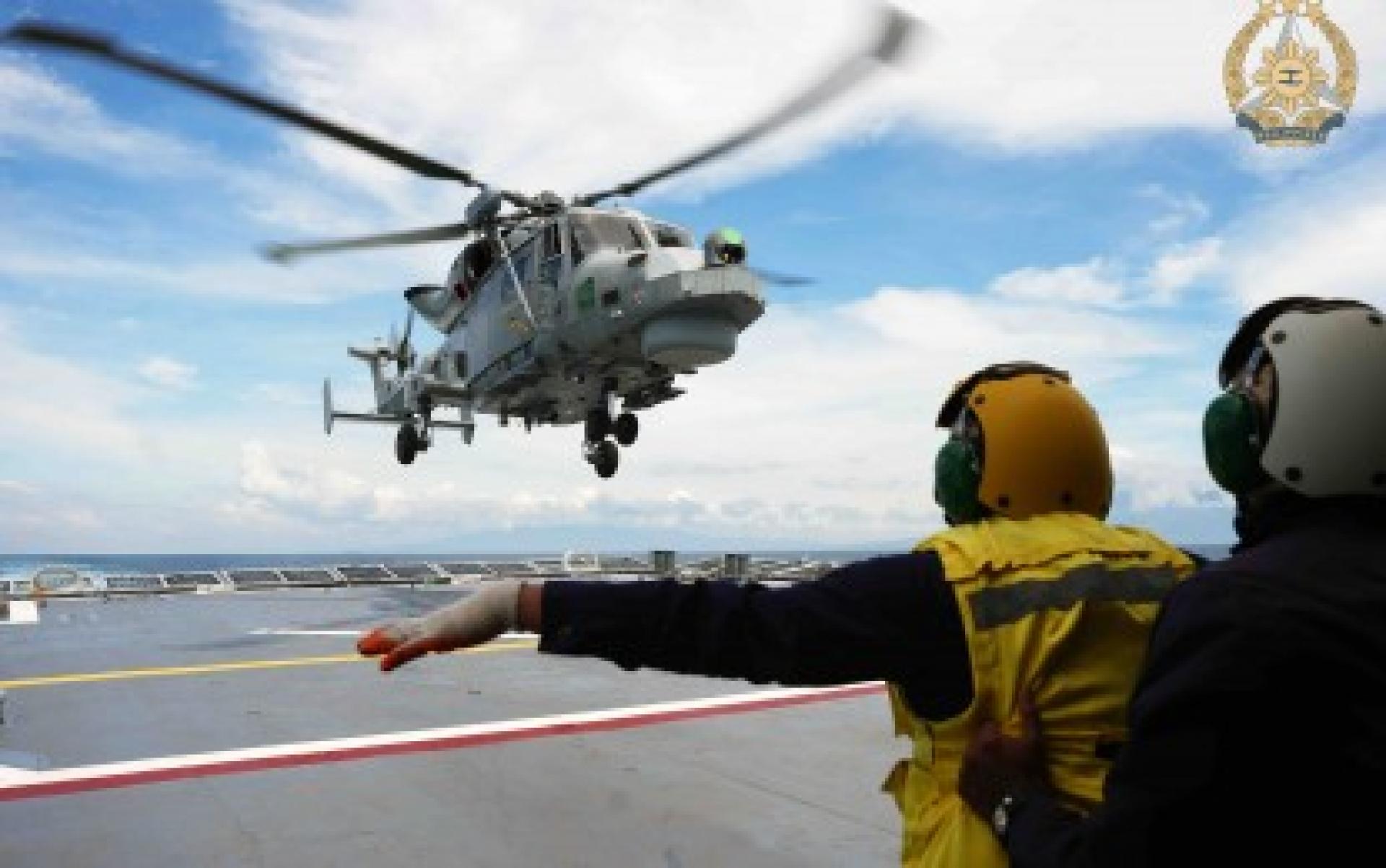(Manila, 1st) – The Philippines, along with the United States, Australia, and New Zealand, held the 12th Multilateral Maritime Cooperation Activity (MMCA) in the West Philippine Sea from October 30 to 31, aiming to promote regional peace and stability and uphold the rule of international law.
The Armed Forces of the Philippines (AFP) issued a statement yesterday, noting that this joint exercise demonstrates the four countries' shared commitment to strengthening maritime cooperation, enhancing interoperability, and advancing a rules-based Indo-Pacific order.
Vessels participating in this exercise included: the US Navy’s Arleigh Burke-class destroyer USS Fitzgerald (DDG-62); the Australian Defence Force’s frigate HMAS Ballarat (FFH155) and its MH-60R Seahawk helicopter; and the New Zealand Defence Force’s largest replenishment ship, HMNZS Aotearoa (A11).
The Philippine side dispatched the BRP Jose Rizal (FF150) frigate, accompanied by an NH441 AW159, a C-208 reconnaissance aircraft, and an A-29B Super Tucano close air support aircraft.
According to the statement, after participating in the joint exercise on the first day, HMNZS Aotearoa arrived in Manila on October 31 for exchanges with Philippine defense officials.
Since its inception in 2024, the MMCA has continued to deepen coordination and cooperation among the four countries. The Philippine military stated: “Such joint actions further solidify the Philippines’ resolve to strengthen defense partnerships, help enhance maritime defense capabilities, and safeguard the sovereign rights and interests in the West Philippine Sea.”
Commander Welford of New Zealand's HMNZS Aotearoa said during an interview held during the exercise that the complexity of this exercise was greatly increased compared to last year, including simulated anti-submarine warfare (ASW) training.
“Last year we conducted only basic maneuvering drills, but this year anti-submarine activities have been added. The more complex the training, the smoother the real-life response,” he said.
This is the second time this year that a New Zealand vessel has participated in this series of exercises. Welford revealed that Chinese vessels were also active in nearby waters during the exercise, but he emphasized: “We are here to train cooperatively with our partner nations. This is standard defense interaction. If anyone views this as provocative, that is simply their perspective.”
The training covered communications checks, division tactics, officer of the deck drills, ship-aircraft flyover photography, personnel exchange, RHIB boarding training, anti-submarine simulation, replenishment and refueling at sea, among other items.
The Philippine military pointed out that this exercise marks the entry of Philippine multilateral defense cooperation into a more mature stage, injecting new momentum into maintaining regional security and maritime freedom of navigation.
